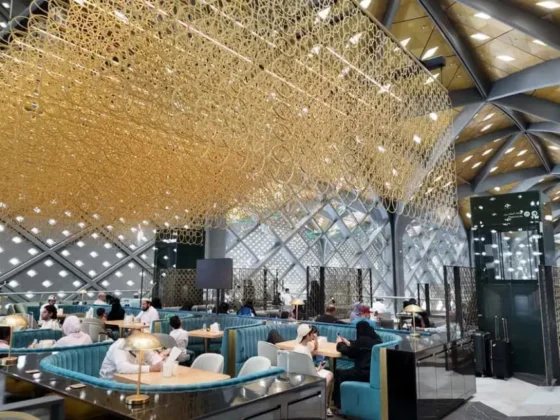Significance of Hijrah in Islamic History
The significance of Hijrah, the migration of the Prophet Muhammad from Mecca to Yathrib (later known as Medina) in 622 CE, serves as a fundamental event in Islamic history. This pivotal moment established the foundation for a growing Muslim community and greatly influenced Muslim identity.
Establishment of Muslim Community
The Hijrah marked the establishment of the Muslim community as a sociopolitical entity for the first time. The Prophet Muhammad’s relocation to Medina, upon invitation, allowed him to gather followers and create a structured society based on Islamic principles. This migration symbolized more than just a physical journey; it represented the transition from persecution in Mecca to a supportive environment in Medina.
As a result of Hijrah, two significant groups emerged: the anṣār, or “helpers,” who were the Medinese who aided Muhammad, and the muhājirūn, the emigrants who fled Mecca to preserve their faith. This new Muslim community grew rapidly and became a powerful force, with the anṣār constituting a significant part of the Muslim army during key battle formations, such as at the Battle of Badr in 624 CE (Encyclopedia Britannica).
Impact on Muslim Identity
The repercussions of the Hijrah extended beyond just the immediate establishment of a community. It shaped the Muslim identity and fostered a sense of belonging among adherents of the faith. The muhājirūn, who endured persecution in Mecca, were promised rewards in this life and the afterlife, solidifying their commitment to Islam and their new community in Medina.
This migration not only led to the creation of a safe haven but also initiated the calendar used in Islamic society, marking the start of the Muslim era. The companions of the Prophet who migrated are revered in Islamic tradition; they exhibited unwavering faith and resilience during difficult times. Their journey underscores the spirit of sacrifice and camaraderie, key elements of Muslim identity.
In the context of Ramadan, which holds great significance in the cities of Mecca and Medina, understanding the historical backdrop of Hijrah enriches the experience for visitors. It emphasizes the communal aspect of faith, reflecting how the observance of Ramadan in Mecca and Medina is intertwined with the history of the Muslim community. For insights into what Ramadan entails in these holy cities, readers may explore more in our detailed overview of Ramadan in Mecca and Medina.
Observing Ramadan in Mecca and Medina
During Ramadan, Mecca and Medina transform into vibrant centers of spirituality and community as millions of Muslims gather to observe the holy month. The traditions and practices during this time reflect the deep cultural and religious significance of Ramadan in these two historic cities.
Ramadan Traditions and Practices
In Mecca, lavish banquets are hosted in the courtyards of the Grand Mosque, while in Medina, similar events take place at the Prophet’s Mosque. These gatherings serve to break the fast together at Iftar, the meal taken after sunset. Dates, a staple during this period, are traditionally eaten first to honor the practice of Prophet Muhammad, who began his fast-breaking with dates and water. The richness of dates — high in sugars, potassium, magnesium, and fiber — provides an ideal energy boost after a day of fasting.
The dishes served at Iftar can vary significantly but often include traditional recipes from various regions. Notable mentions are:
| Dish | Description | Region |
|---|---|---|
| Thareed | Bread cooked in broth with lamb and vegetables | Emirati |
| Molokhia | Soup made from a spinach-like green | Egyptian |
| Harira | Rich soup with meat, tomatoes, and lentils | Moroccan |
The evenings are often filled with prayer, including the additional Taraweeh prayers, creating a sense of community and spiritual reflection.
Cultural Transformations during Ramadan
Ramadan influences cultural aspects significantly in both Mecca and Medina. Streets are adorned with festive decorations, featuring lanterns and lights that create a celebratory atmosphere. This practice reflects regional styles, with distinct designs observed throughout various Islamic cultures. For instance, colorful fabrics and lamps are prominent in Cairo, while the Gulf countries display an array of colored lights and decorative ornaments (National Geographic).
Lanterns, which symbolize the holy month, have been integral to Ramadan celebrations for centuries. They light the pathways for evening prayers and embody the spirit of the occasion. Decorations often include Islamic symbols, such as the crescent moon and star, enhancing the cultural ambiance during this sacred time.
As travelers participate in these rich traditions, they not only experience the spiritual depth of Ramadan but also witness the cultural vibrancy that defines this holy month in Mecca and Medina. For further insights into the significance of these cities during the pilgrimage, refer to our mecca medina pilgrimage guide.










